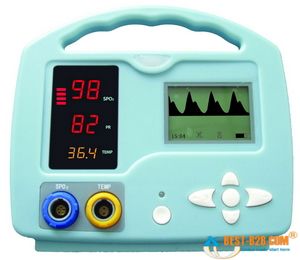Chest pain. It’s our favorite thing to ask about and maybe our favorite thing to find. Never more does EMS get its chance to shine than when diagnosing the acute MI, and chest pain is how we start down that path. In many cases, everyone from the vomiting drunk to the elderly broken hip gets asked about their chest.
But next time you throw in, “Any chest pain?”, consider this. Not only do many heart attacks fail to present with chest pain at all, even among those that do, the specific symptoms may not amount to what your patient considers “pain.”
Pain means different things to different people. What I call pain, you might call discomfort, and my girlfriend might call a funny feeling. Tightness, palpitations, burning. Trying to list it all would leave you on scene for 20 minutes with a thesaurus, but if you don’t find the right words, then the answer you get might simply be “no.” And you’ll miss the big one.
The solution is in one magic phrase:
How does your chest feel?
I learned this gem from Captain Kent Scarna of Boston EMS, and it joins the ranks of the most useful assessment tricks out there. Because despite all the ambiguity in the chest, this one pretty much captures it all. If there’s frank pain, the patient will tell you all about it. But if there’s fluttering, itching, a feeling like they just ate a canary, this invokes that too. As a diagnostic screening, it is appropriately vague. There is a time and a place for direct questions, but when it comes to chest pain, starting off open-ended is the way to go.
How does your chest feel? Fine, it feels fine. Okay then. If you’re truly concerned you can follow up to confirm — “No pain or discomfort?” — but there’s no need to break out the Webster’s. It’s sensitive but specific; it casts a wide net, but it still unpacks fully. What else could we want?
More things to say in part 3



Recent Comments